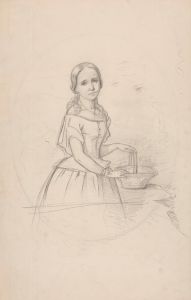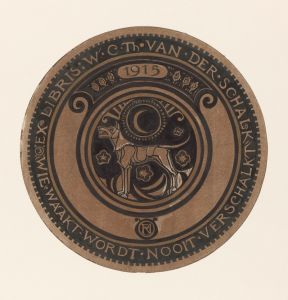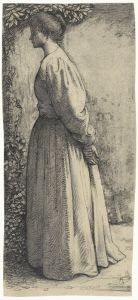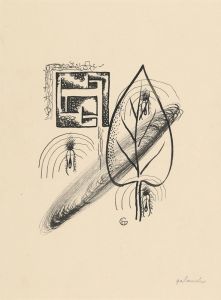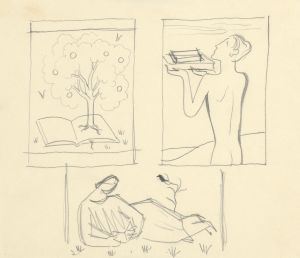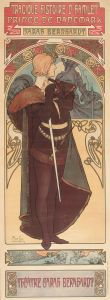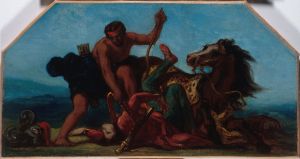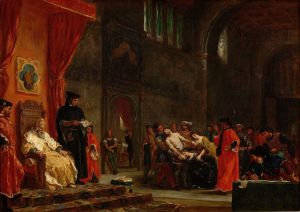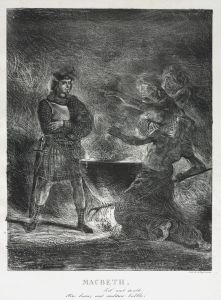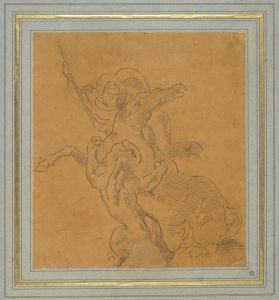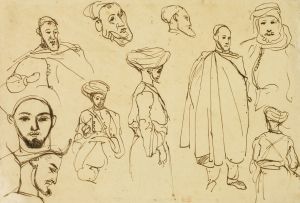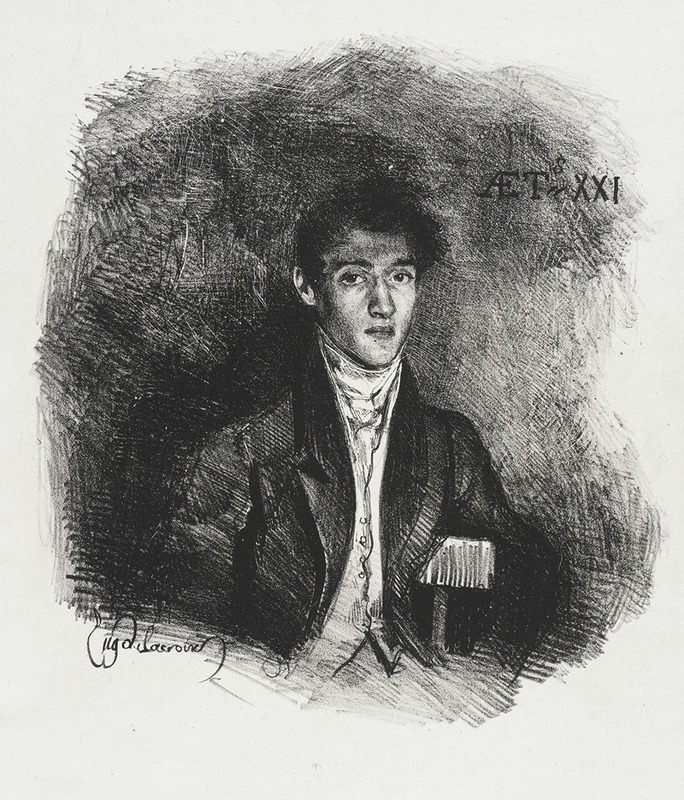
Le Baron Schwiter
A hand-painted replica of Eugène Delacroix’s masterpiece Le Baron Schwiter, meticulously crafted by professional artists to capture the true essence of the original. Each piece is created with museum-quality canvas and rare mineral pigments, carefully painted by experienced artists with delicate brushstrokes and rich, layered colors to perfectly recreate the texture of the original artwork. Unlike machine-printed reproductions, this hand-painted version brings the painting to life, infused with the artist’s emotions and skill in every stroke. Whether for personal collection or home decoration, it instantly elevates the artistic atmosphere of any space.
Eugène Delacroix, a leading figure of the French Romantic movement, painted "Le Baron Schwiter" in 1826. This portrait is a striking example of Delacroix's skill in capturing the essence and character of his subjects. The painting depicts Charles-Edmond de Schwiter, a friend of Delacroix and a notable figure in Parisian society during the early 19th century. Schwiter was known for his charm and wit, and Delacroix's portrayal reflects these qualities through the subject's poised and confident demeanor.
The painting is executed in oil on canvas, a medium Delacroix frequently employed to achieve rich textures and vibrant colors. In "Le Baron Schwiter," Delacroix uses a palette that emphasizes deep, warm tones, which was characteristic of his style. The background is relatively subdued, allowing the focus to remain on Schwiter's expressive face and elegant attire. Delacroix's brushwork is both fluid and precise, capturing the intricate details of Schwiter's clothing and the subtle play of light and shadow across his features.
Delacroix's approach to portraiture was influenced by his admiration for the Old Masters, particularly Peter Paul Rubens and Titian, whose works he studied extensively. This influence is evident in the dynamic composition and the lifelike representation of the subject. Delacroix was also known for his ability to convey psychological depth in his portraits, and "Le Baron Schwiter" is no exception. The painting captures not only the physical likeness of Schwiter but also hints at his personality and social standing.
"Le Baron Schwiter" is part of the collection at the Louvre Museum in Paris, where it is displayed among other works by Delacroix. The painting is considered an important example of Romantic portraiture and demonstrates Delacroix's mastery of the genre. It reflects the broader themes of the Romantic movement, which emphasized individualism, emotion, and the exploration of the human condition.
Throughout his career, Delacroix was celebrated for his innovative use of color and his ability to convey movement and emotion. His work had a significant impact on later artists, including the Impressionists, who admired his bold use of color and expressive brushwork. "Le Baron Schwiter" exemplifies these qualities and remains a testament to Delacroix's enduring influence on the art world.
In summary, "Le Baron Schwiter" by Eugène Delacroix is a masterful portrait that captures the essence of its subject with elegance and depth. It stands as a significant work within Delacroix's oeuvre and the broader context of 19th-century art, showcasing the artist's technical skill and his ability to convey the complexities of human character.





